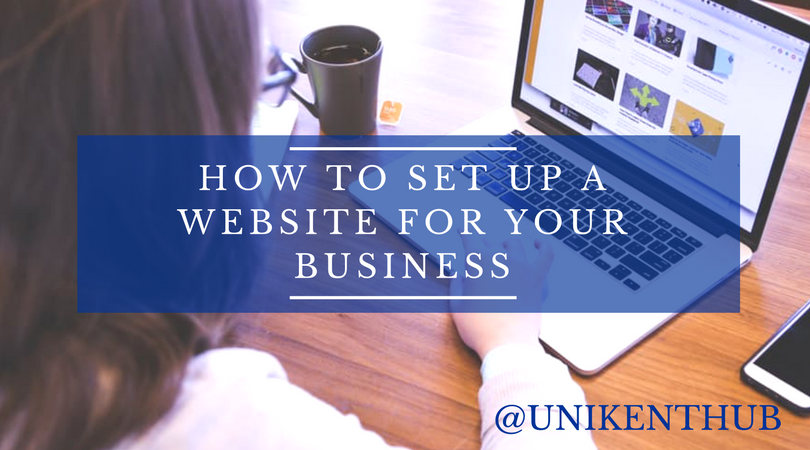If you get it right, your website will be the best tool you have for promoting your business. Your website will essentially become an online shop-window, accessible to customers all over the world, which means the better it looks and more and up-to-date it is, the better impression it will make on consumers. Whether it’s three o’clock in the morning or Christmas day, the internet never closes – which means your business is open all the time, without any extra effort from you. If you choose to have an online store, your customers will be able to dictate when they want to buy, rather than limiting themselves to your opening times. If you are locally based, having a web presence will open your business up to new markets outside your local area, giving people from across the world the chance to browse your products or services.
A well-designed website will make your business appear more professional. In fact, a well-considered website can give the impression that your business is larger than it is and could even level the playing-field between your business and its more established competitors. If you’re starting a business on a shoestring, the costs of putting together a website will be cheaper than buying or renting premises, and could attract business from further afield than a high-street based business would.

Optimising your website:
Domain name – Chose your domain name carefully. If your business is called Joes Bakery, chose a name that will be easy to search by, for example Joesbakery.com or joesbakery.co.uk. Try not to use long names or lots of underscores. If you find these names are already taken, that may be an indication to change the name of your business, alternatively try something closely associated such as joescakes.com.
With a blog – It’s important to keep your website’s content fresh. One easy way of keeping your site up-to-date is by including a blog. Write short articles every few days on news and views about your industry to show your customers the site is current and to help you get to the top of Google rankings.
Analytics – checking your websites performance is key to determine how many people are viewing your pages and how those pages are transferring into sales. Google Analytics is ideal for this and a starter level is free. If you want more in-depth results such as heat patches (popular pages) then you can pay a fee per month. Similarly, if you find you are receiving no sales from your site but you have lots of views, you will be able to analyse the route people are taking through your website to determine why they are not making the end purchase.

Social Media – Facebook and Twitter are ideal platforms for you to engage with your audience and share information and pictures about your products/services. It is also a good way for you to manage your online reputation which is vitally important in this digital age. There are lots of other social media platforms out there such as Pinterest for photo sharing and YouTube for video. Choose your platforms to convey your messages carefully.
SEO – I’m sure most of you have heard the hype about search engine optimisation. Companies compete to come in the top results of a google search, and they do this buy optimising the HTML coding of the side and the content of the page to help Google determine the relevance of your web page to the search. SEO mainly takes place within invisible meta tags, which explain which results search engines should include your website in. you can use key words to help your websites position in the Google rankings. Your website will also need to include:

Keyword tags – place some importance on keywords, so make sure you include the tags at the top of your page. Let’s take another look at Joes Bakery. Your key words here could include ‘fresh baked’ or ‘cake delivery’ etc. You can use the Keywords filter in Google AdWords to help you find the best keywords to include in the written text on your webpages.
Description tags – The text you place in the description tag will come up on most search engines as the text below the link to your page, so again, it’s important you include your keywords in this. You should also ensure it has provided an accurate explanation of your website – but keep it below 160 characters, which is Google’s limit. Description text will come up as the text below your link on search engines.
Alt tags – This tag provides alternative text for images if they don’t load, and helps visually impaired people navigating the internet using special software by providing a description of the image. Try to include your keyword in your alt tags; this can have an impact on your search results.
Mobile – most web pages are viewed from a mobile device or tablet so make sure your website is optimised for this type of view. People who can’t view your pages from a mobile device are likely to leave instantly, causing a high bounce rate on your analytics and a lack of sales.


